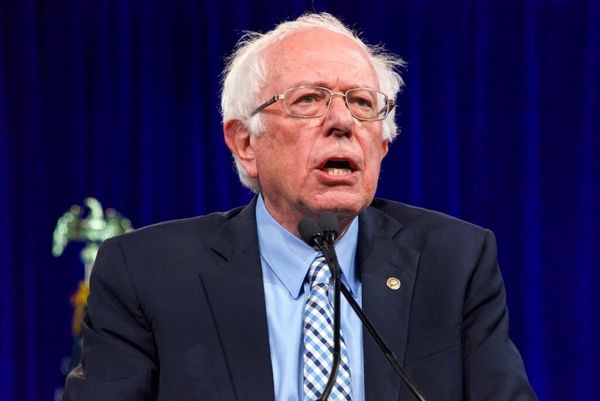
The English teacher in me couldn’t help but recognise pathetic fallacy in the grim weather this morning, as though it confirmed the worst fears of teachers across the country that this year’s A-level results would provide a bleak outlook for students who have faced the greatest disruption to their learning in living memory.
No matter the circumstances, A-level results day can often be an anxious time for all involved: students, their loved ones and their teachers waiting to see the outcome of two years of intense study and hard work, and what the contents of those envelopes mean for futures at stake. But this year, results day was surrounded by even more tension and controversy as we waited to see how a return to exam-assessed grades after 18 months of upheaval to schooling would affect results.
As suspected, our fears were well founded. This cohort’s results have taken a massive hit in comparison with the teacher-assessed grades during the pandemic, with top grades (As and A*s) tumbling by 8.4% compared with last year, and more than 28,000 students set to miss out on a university place. Compared with 2019, things look a little more positive, but for students who have seen friends and siblings benefit from the record grades of the past two years, this is likely to provide little reassurance.
Ofqual had already warned that this would be a “transition year”, with results marked leniently while maintaining an active effort to bring grades more in line with pre-pandemic levels. We were told that plans to give students advance notice of topics to revise and less rigid grade boundaries would be enough to mitigate the impact of the pandemic on the nation’s schools. But, as with most government plans and promises when it comes to education, this so-called safety net for students who had already faced intense upheaval to their learning, turned out to be anything but.
Exam board guidance arrived months after schools had already finished teaching entire course contents and, with national disparities between the richest and poorest pupils more pronounced than ever, it remains unclear how giving all pupils advance warning of topics could have helped to close the class gap as opposed to simply deepening the pre-existing and deep-rooted inequalities in education. To add insult to injury, some students still faced questions they were told wouldn’t come up, along with material never before included in exams, mistakes more than half of teachers believe negatively affected their pupils, according to one recent study.
As a teacher in one of the country’s most deprived boroughs, it is clear to me that the government’s plans to rectify the problems caused and exacerbated by the pandemic fell drastically short. Some students from wealthy families and affluent areas experienced almost two years of consistent, supported home learning with ample resources, calm home environments and highly educated parents with the time and money to invest in their children’s learning.
For others, like those in my community, young people faced the brutal impacts of financial instability, unemployment and poverty. Families and children were left alone to grapple with a lack of resources. With the government’s promise of laptops for deprived children mostly going undelivered, I know of many households where multiple siblings were forced to learn from one mobile phone, with very limited data. With parents torn between work and childcare, and free school meals abandoned (until a young footballer came along and convinced the government it might be a good idea to feed the nation’s poorest children during a pandemic), it is hardly surprising that today’s results point to a huge attainment gap that is only getting worse.
This year, private schools once again have the highest percentage of top grades, with 58% of A-level pupils achieving As and A*s – 27.3 percentage points higher than students in secondary comprehensives. With the competition for universities so intense this year, it is hard to envisage a future which doesn’t see these disparities continuing to trickle into higher education, as the most competitive courses become even more dominated by those from wealthy backgroundsThis status quo renders true social mobility nothing but a pipe dream, something Conservative leadership candidates Liz Truss and Rishi Sunak seem woefully ill-equipped to address. Instead, both have focused on bizarre ideas such as the use of artificial intelligence in schools, and have displayed a near-obsession with the return of grammar schools – neither of which do anything to tackle the insurmountable challenges facing the nation’s schools.
Teachers like me are worried about what today’s results mean for the young people still recovering from two years of chaos. But even more worrying is what our children’s education will look like in the months and years to come. The young people we teach will no doubt face an ever-more unfair playing field.
Nadeine Asbali is a secondary school teacher in London







